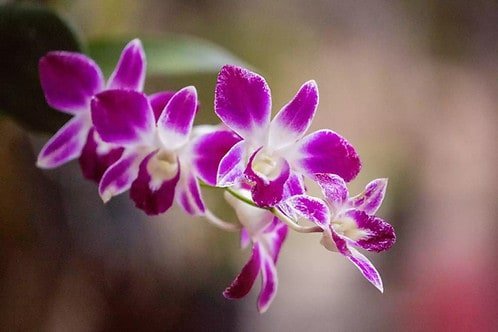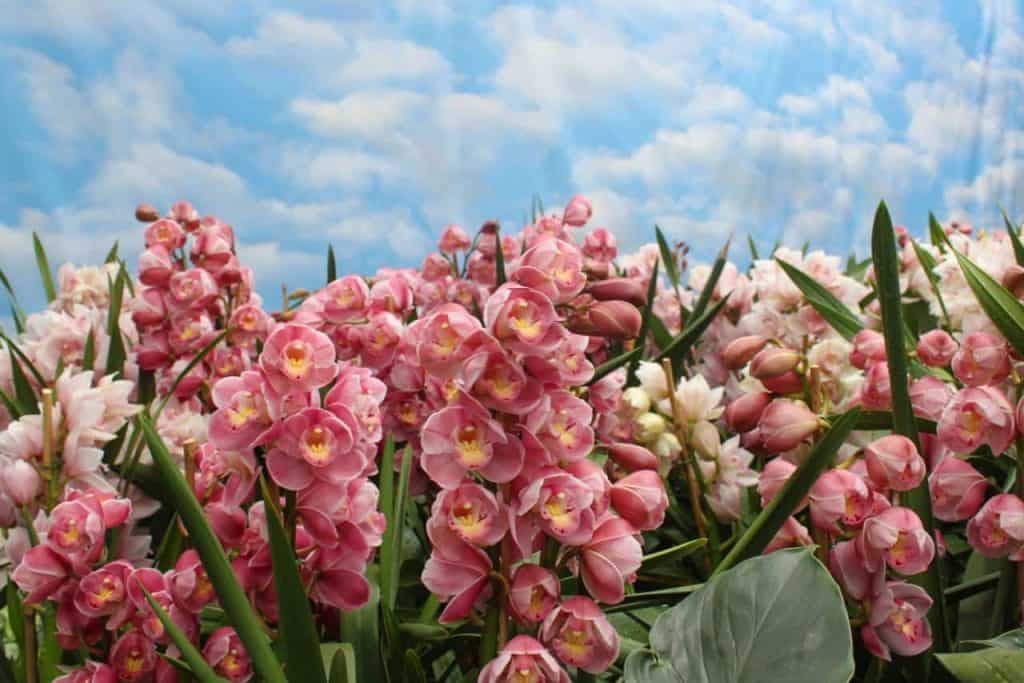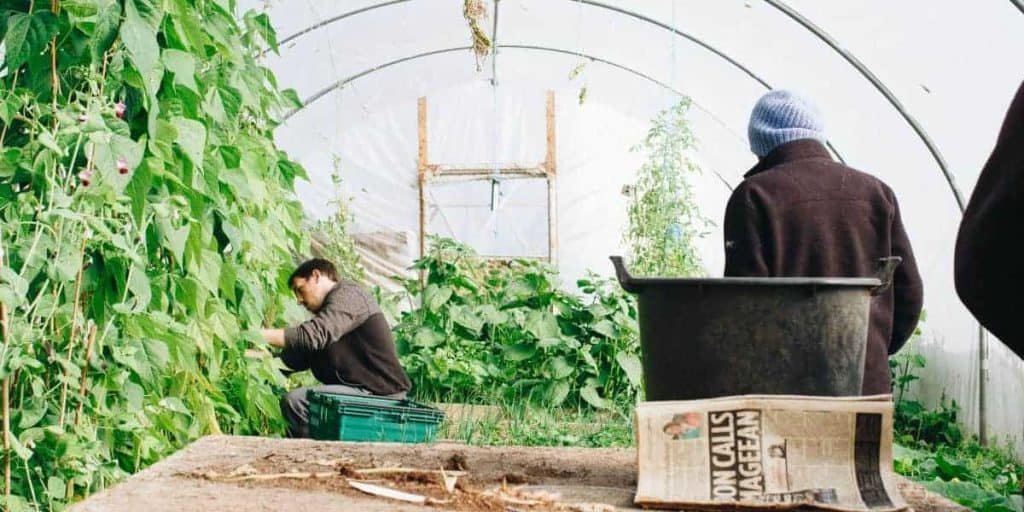Are Orchids Perennials or Seasonal?
Are orchids perennials? This is a common question among gardening enthusiasts. If you’re wondering whether these beautiful flowers can grace your garden year after year, you’ve come to the right place. In this article, we’ll explore the world of orchids and shed light on their perennial nature. So, let’s dive in! 1. Understanding Perennials and ...











